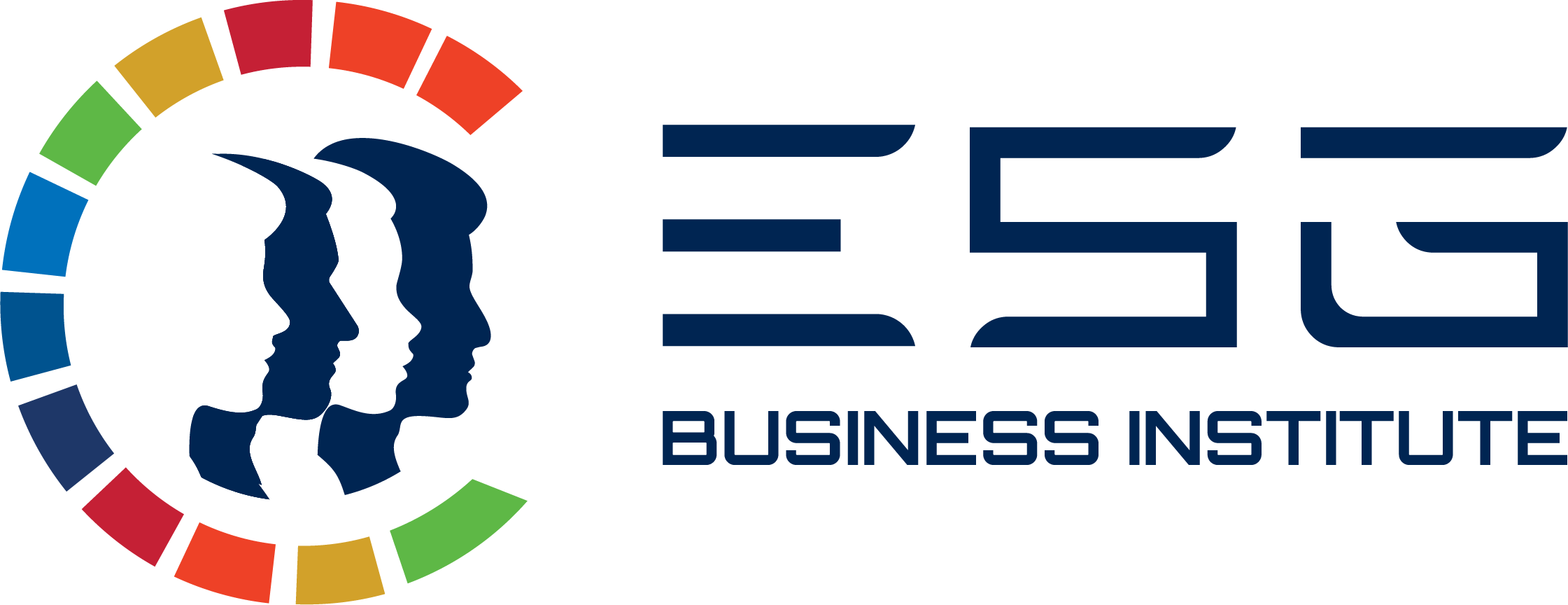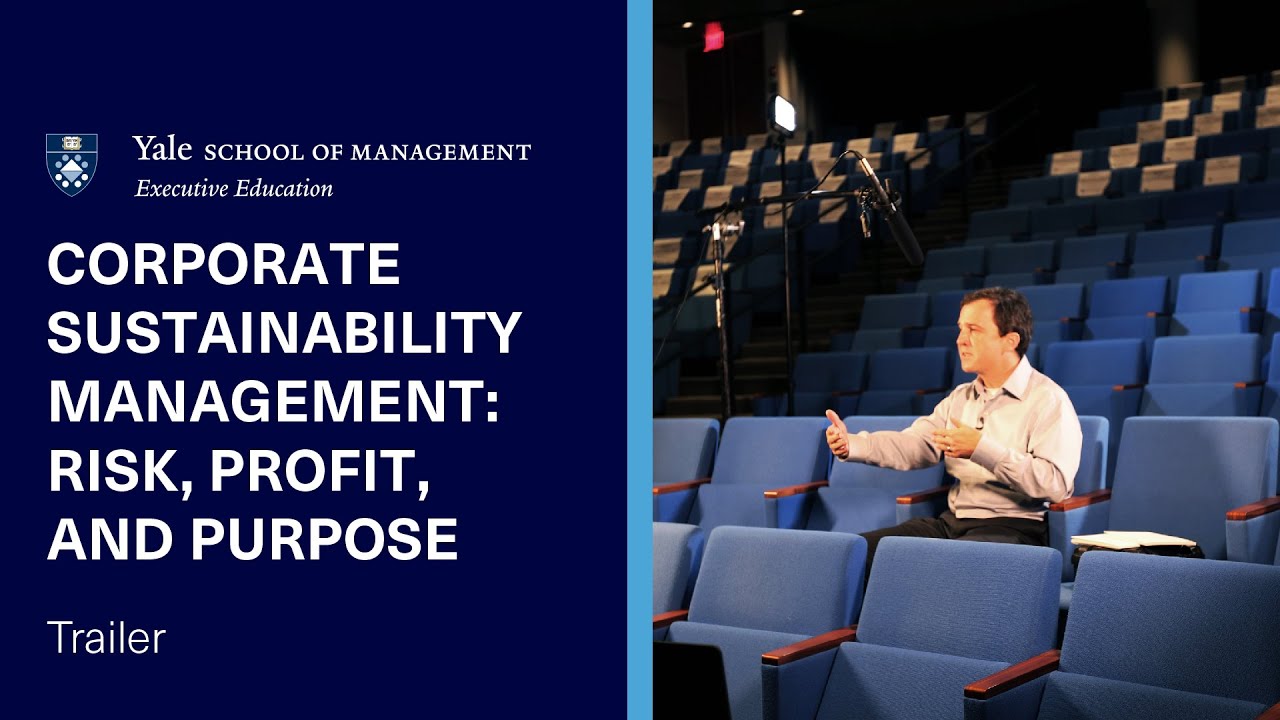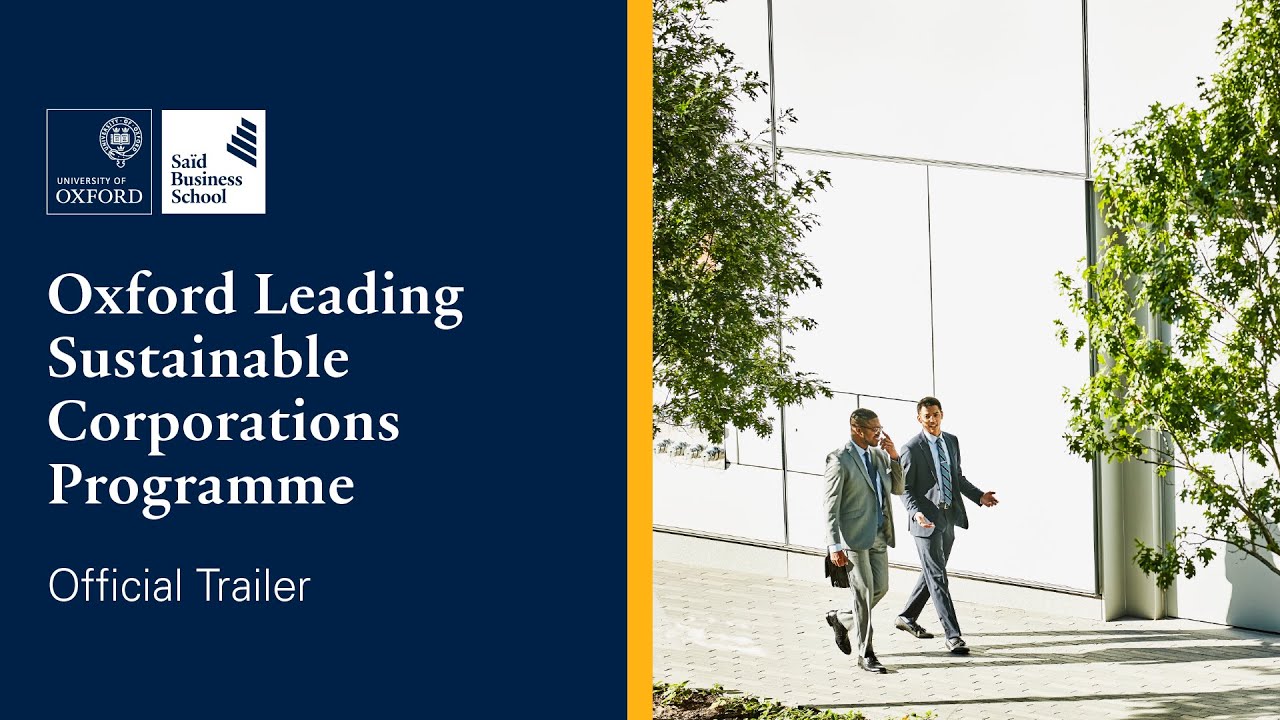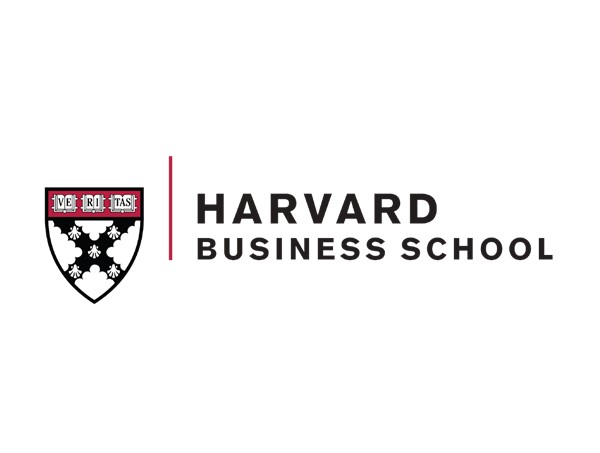- 30/09/24
- 9 Students
Career Health Mentorship
The mentorship component of the Sustainability Workforce Transformation...
Free
- 29/07/24
- 9 Students
SWTP Mentoring
The mentorship component of the Sustainability Workforce Transformation...
Free
- 12/06/24
- 21 Students
Fundamentals of ESG: Principles and Applications
Welcome to "Fundamentals of ESG: Principles and Applications". This introductory...
Free
- 24/09/21
- 0 Students
ESG and Sustainable Investing 101
Discover how Environmental, Social and Governance are fast becoming key...
Free
- 24/09/21
- 0 Students
Global Sustainability and Corporate Social Responsibility : Be Sustainable
As corporate scandals continue to make headlines, you will expand your strategic...
Free
- 28/02/22
- 0 Students
Business Strategies for Social Impact
Designed by renowned Wharton professors Katherine Klein and Chris Geczy to help...
Free
- 24/09/21
- 0 Students
Strategies and Sustainable Enterprise
This course explores the emerging relationships between sustainability issues...
Free
- 24/09/21
- 0 Students
Strategy and Sustainability
Business and environmental sustainability can be a bedfellows. This course will...
Free
- 24/09/21
- 0 Students
Measuring Sustainable Development
In this short course, you will hear from some of the experts responsible for...
Free
- 24/09/21
- 0 Students
Corporate Sustainability Management: Risk, Profit, and Purpose Online Short Course
This online program provides a practical guide to driving sustainability within...
Free
- 24/09/21
- 0 Students
Oxford Leading Sustainable Corporations Programme
The Oxford Leading Sustainable Corporations Programme takes you beyond...
Free
- 9/07/25
- 0 Students
Sustainable Business Strategy
Become a purpose-driven leader by learning how to influence key stakeholders and...
Free
- 24/09/21
- 0 Students
Driving Business Towards The Sustainable Development Goals
This course has been developed by Rotterdam School of Management at Erasmus...
Free
- 24/09/21
- 5 Students
Work and Employment for a Sustainable Future
Globally, more than 200 million people are still unemployed, but there has been...
Free
- 24/09/21
- 8 Students
Circular Economy and Sustainable Strategies
The overexploitation of natural resources has had a negative impact on the...
Free
- 24/09/21
- 1 Students
Managing Responsibly: Practicing Sustainability, Responsibility and Ethics
Managers are increasingly confronted with issues of sustainability,...
Free
- 24/09/21
- 6 Students
New ADBI E-Learning Course Offers Guide to Sustainable Finance Growth in Asia
This course explores the fundamentals of sustainable finance, climate risk...
Free
- 24/09/21
- 3 Students
How Procurement Decisions Can Advance Decent Work in Supply Chain
Companies play a crucial role in achieving Goal 8 on decent work and economic...
Free



















